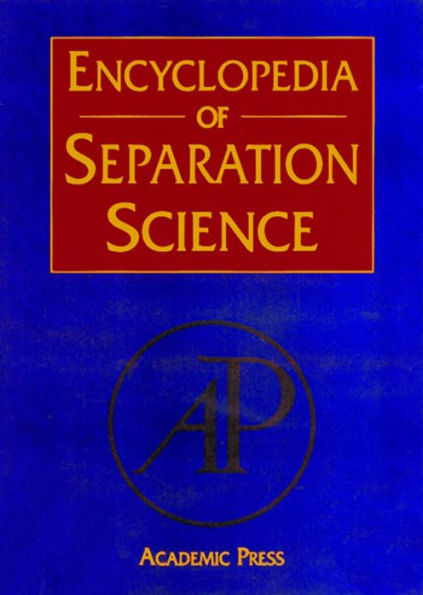Prof. Poole was born and educated in the United Kingdom receiving a B.Sc. in Chemistry from the University of Leeds (1971) followed by graduate studies at the University of Bristol, MSc. in analytical chemistry (1972), and Ph.D. with Prof. E. D. Morgan at the University of Keele (1975) on the analysis of insect molting hormones. Since 1980 he has been at the Department of Chemistry, Wayne State University, Detroit, Michigan, USA, except for 1995-1996, spent as the Governors’ Lecturer and Professor of Analytical Chemistry at Imperial College of Science, Technology&Medicine, London, in the United Kingdom.
Prof. Poole is a polychromatographer with broad interests in the separation and detection of small molecules in biological, environmental, and food samples; sample preparation technology; and computer-aided data analysis techniques. He is the author of over 325 research papers, an editor of the Journal of Chromatography, and a member of the editorial boards of 5 other analytical chemistry journals. In 1985 he received the Tswett Medal of the International Symposium Advances in Chromatography, in 1991 the Jubilee Medal of the Chromatographic Society, and in 1997 a D.Sc. from the University of Leeds (UK).



